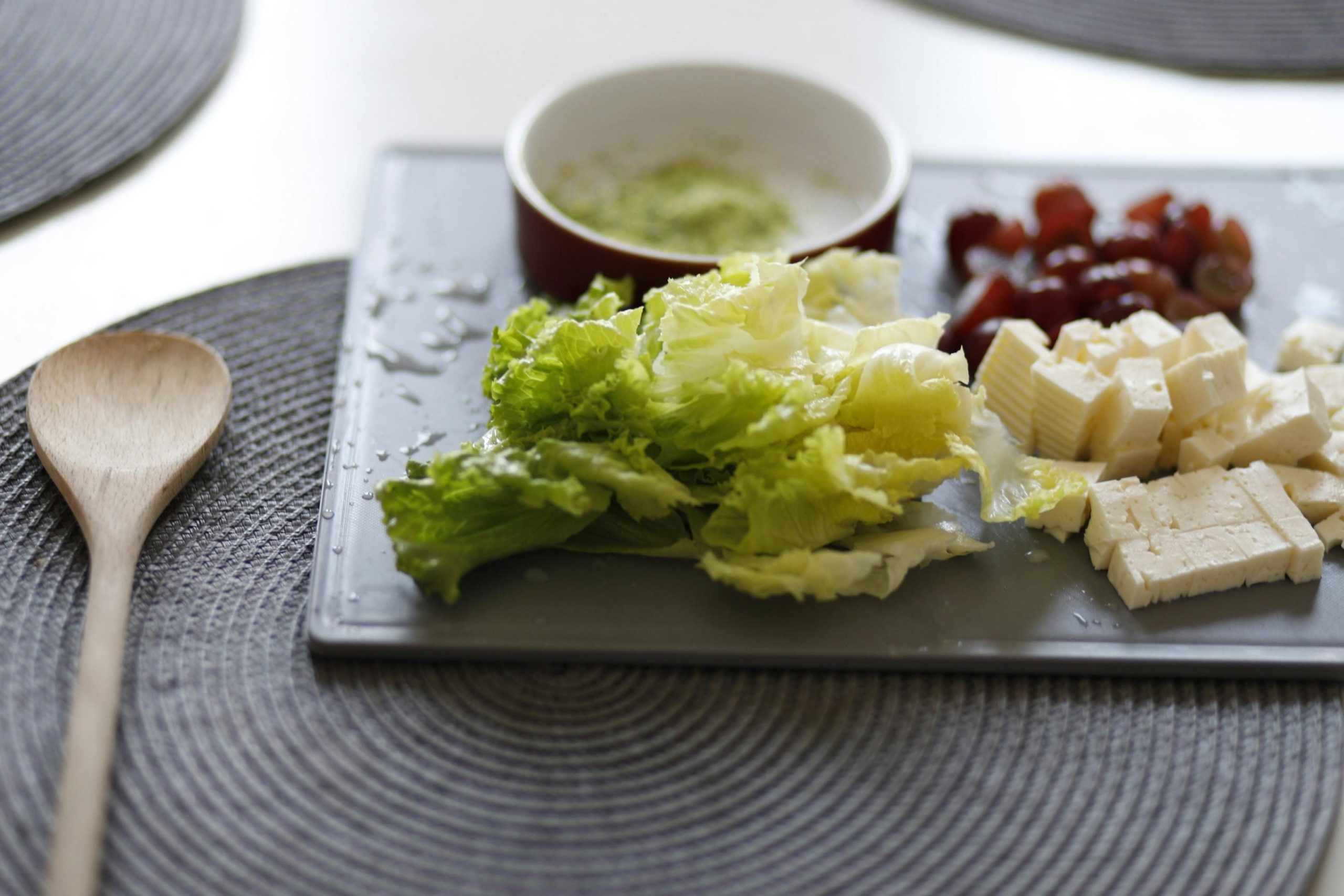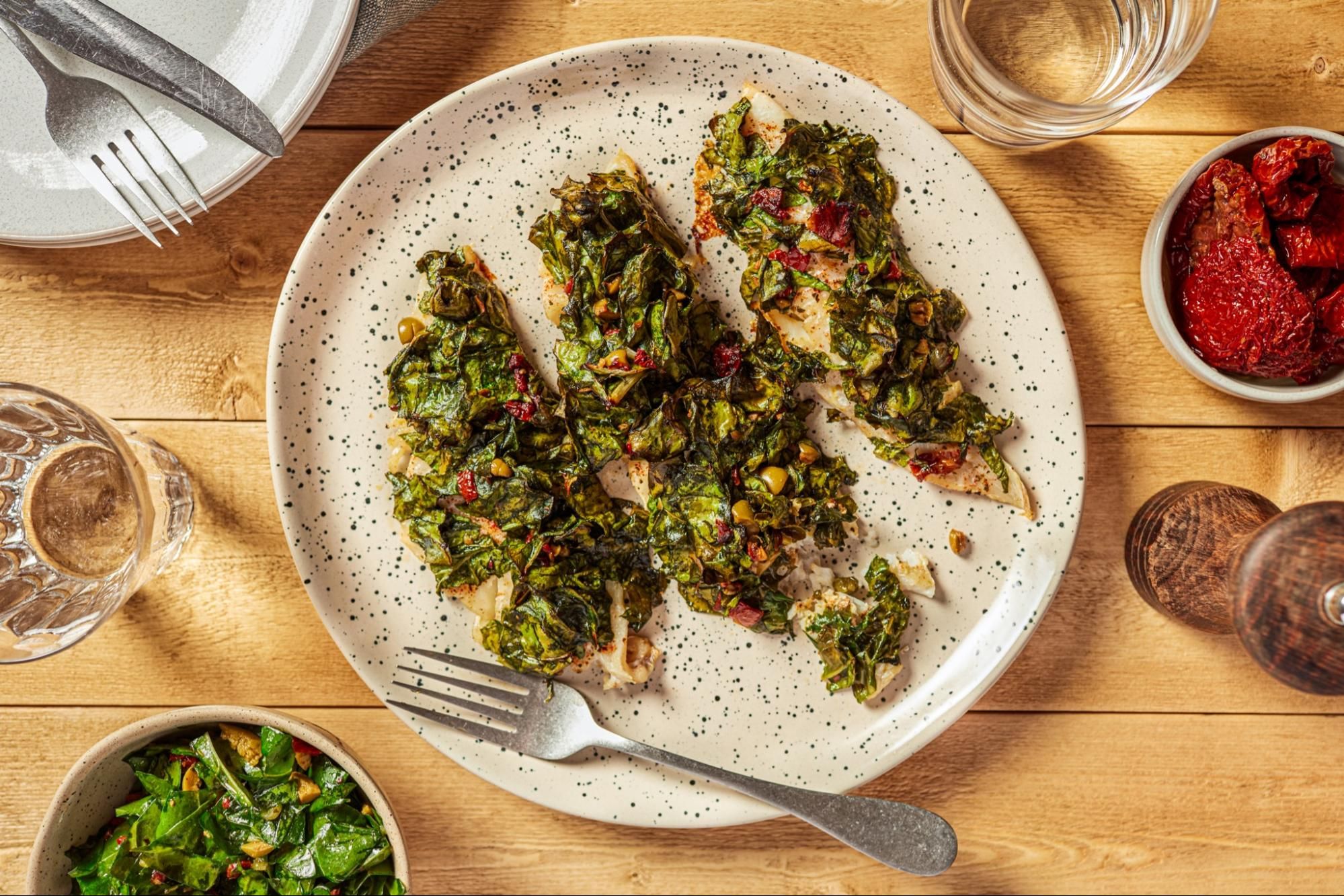Are you ready to elevate your pasta game with the irresistible charm of Swiss cheese?
Finding the perfect blend of pasta and Swiss cheese can be tricky, especially if you’re looking for that gooey, melt-in-your-mouth texture.
Using broad egg noodles and Swiss cheese, this layered pasta dish is a delicious change from the normal pasta dish!
In this blog post, we will guide you through selecting the best ingredients, preparing the ultimate pasta Swiss cheese dish, and even offer nutritional insights to ensure you enjoy every bite without any fuss.
Essential Ingredients for Your Pasta Swiss Cheese Dish

When crafting a pasta Swiss cheese dish, the choice of ingredients plays a pivotal role in defining both the flavour and texture of the meal. Swiss cheese, known for its melting qualities and distinctive taste, is the heart of these recipes. To truly capture the essence of Swiss culinary tradition, selecting the right type of Swiss cheese and complementing it with suitable pasta and enhancements like speck or bacon is essential.
Beyond the cheese, the type of pasta you choose can make or break your dish. Pasta shapes that hold sauces well or blend seamlessly with the cheese’s texture are preferred. Additionally, the decision between using speck or bacon can add a unique depth to the flavour, making your pasta dish not just a meal, but an experience. Understanding these elements will ensure that your pasta Swiss cheese dish is as authentic and delicious as possible.
Choosing the Best Swiss Cheese for Pasta
For an authentic Swiss pasta dish, Gruyère is a top choice due to its excellent melting properties and rich flavour that complements the pasta without overpowering it. Other great options include Emmental and Appenzeller, which offer nutty and bold tastes respectively. When selecting Swiss cheese for your pasta, consider the cheese’s texture and how it melts; this will ensure a smooth and creamy result.
Selecting the Perfect Pasta for Swiss Cheese Recipes

The best pastas for Swiss cheese recipes are those that can cradle and hold the cheese effectively. Elbow macaroni or fusilli are excellent choices as their shapes allow the melted cheese to cling to the pasta, providing a perfect bite every time. For a traditional touch, consider using Swiss-style pasta like Älplermagronen, which is specifically designed to complement the rich, creamy textures of Swiss cheese.
Speck vs Bacon: What’s Best for Your Pasta Swiss Cheese?
When it comes to enhancing your pasta Swiss cheese dish, choosing between speck and bacon can influence the flavour profile significantly. Speck, with its smoky and slightly sweet taste, adds a sophisticated depth to the dish. Bacon, while also smoky, tends to be saltier and can overpower milder cheeses. For a balanced dish, speck is often the more harmonious choice, complementing the Swiss cheese without dominating the palate.
How to Prepare a Mouth-Watering Pasta Swiss Cheese
Preparing a mouth-watering pasta Swiss cheese dish begins with selecting high-quality ingredients that blend harmoniously. Start by boiling your chosen pasta, such as elbow macaroni or fusilli, in a large pot of salted water until it is cooked al dente. This ensures the pasta retains a slight bite, providing a perfect texture once combined with the cheese.
While the pasta cooks, grate your Swiss cheese, ideally a mix of Gruyère and Emmental, to get a good melt and a rich flavour. In a separate saucepan, gently warm some milk and add the grated cheese, stirring until the cheese is just melted. This method helps in avoiding the cheese from separating and ensures a smooth, creamy cheese sauce.
Once your pasta is cooked and drained, mix it with the creamy cheese sauce in a large skillet or pot. For an extra touch of flavour, add a pinch of black pepper or nutmeg. The key is to stir gently to coat the pasta evenly while keeping the heat low to prevent the sauce from becoming too thick or sticky.
Best Mixing Methods for Swiss Cheese Pasta
The best method for mixing Swiss cheese pasta involves creating a smooth and creamy cheese sauce separately before combining it with the cooked pasta. Start by melting butter in a saucepan over medium heat, then whisk in a few tablespoons all-purpose flour to form a roux. Gradually add whole milk, stirring continuously until the mixture thickens.
Once your base sauce is velvety, reduce the heat and add the grated Swiss cheese, stirring until completely melted. This method, known as a Mornay sauce, ensures that the cheese is evenly distributed throughout the pasta, providing every bite with the perfect balance of cheese and pasta. Pour this sauce over your drained pasta in a large pot, mixing gently to coat the pasta thoroughly.
To Bake or Not to Bake Your Swiss Cheese Pasta

Deciding whether to bake your Swiss cheese pasta depends on your texture preference. Baking can add a deliciously crispy top layer to the dish, which many find appealing. Simply transfer your mixed pasta and cheese sauce to a greased baking dish, sprinkle with some extra cheese, and bake in a preheated oven at 175 degrees C for about 20 minutes or until the top is golden and bubbly.
Should You Fry Onions for Your Swiss Cheese Pasta?
Frying onions before adding them to your Swiss cheese pasta can significantly enhance the dish’s flavour. In a large skillet, fry thinly sliced onions in butter over medium heat until they are caramelised and golden brown. This not only adds a sweetness that complements the creamy cheese but also introduces a delightful texture contrast with the soft pasta and smooth sauce.
Nutritional Insights: Pasta Swiss Cheese Dishes

Pasta Swiss cheese dishes, while indulgent, often raise questions about their nutritional content. A typical serving can be relatively high in calories, primarily due to the combination of pasta and high-fat cheese. For instance, a serving might contain around 500 to 800 calories, with fat content contributing significantly, especially from the Swiss cheese which offers about 9 grams of fat per ounce.
Despite the high fat and calorie content, these dishes also bring several nutritional benefits. Swiss cheese is a rich source of protein and calcium, which are essential for muscle health and bone density. Additionally, it provides valuable nutrients such as phosphorus, zinc, and vitamins A and B12. To make this dish healthier, consider using whole grain pasta and adding vegetables to increase fibre content and reduce overall calorie density.
Personalizing Your Pasta Swiss Cheese Recipes
Personalizing your pasta Swiss cheese recipes allows you to cater to your unique taste preferences and dietary needs. Whether you’re aiming for a creamier texture or a more nuanced flavour profile, small adjustments can make a big difference. Adding ingredients like homemade applesauce or selecting specific types of potatoes can enhance both the taste and nutritional value of your dish.
For those looking to experiment, consider the texture and melting properties of different Swiss cheeses or the impact of additional ingredients like vegetables or herbs. Remember, the key to a great pasta Swiss cheese dish lies in balancing the rich flavours of the cheese with other components to create a harmonious dish that pleases your palate.
Enhancing Pasta Swiss Cheese with Homemade Applesauce
Serving homemade applesauce alongside your pasta Swiss cheese can significantly enhance the dining experience. The sweet and tart flavours of the applesauce complement the richness of the Swiss cheese, offering a delightful contrast that can elevate the overall taste. This combination not only adds a unique twist to your meal but also introduces more fruits into your diet, increasing its nutritional value.
Choosing Potatoes for Pasta Swiss Cheese Recipes
When incorporating potatoes into your pasta Swiss cheese recipes, choosing the right type is crucial for achieving the perfect texture. Waxy potatoes like Nicola or Charlotte are ideal as they hold their shape well and absorb flavours effectively. Avoid starchy potatoes, which can become too mushy, detracting from the dish’s texture. Properly selected potatoes can add a satisfying bite to the creamy pasta and cheese.
Discover Swiss Cheese Secrets with Indulge’s Culinary Tours
INDULGE‘s curated culinary tours offer a unique opportunity to dive deep into the secrets of Swiss cheese, a key ingredient in many pasta dishes. By participating in these tours, you can learn about the different types of Swiss cheese, their origins, and why they melt so beautifully in pasta dishes.
Some highlights of the tours include tastings of local cheeses like Gruyère, Emmental, and Appenzeller, and insights into how these cheeses enhance the flavour and texture of pasta. This experience not only deepens your appreciation for Swiss culinary traditions but also equips you with knowledge to elevate your own pasta dishes.
Frequently Asked Questions
What cheese goes best with pasta?
For an authentic Swiss pasta dish, Gruyère is highly recommended due to its excellent melting properties and rich flavour that complements the pasta without overpowering it. Other great options include Emmental and Appenzeller, which offer nutty and bold tastes respectively.
What is Swiss cheese good on?
Swiss cheese, known for its melting qualities and distinctive taste, is particularly good on pasta dishes. It can be used to create a smooth and creamy sauce that blends perfectly with the pasta, enhancing both the flavour and texture of the dish.
What is the best melting cheese for pasta?
Gruyère is considered one of the best melting cheeses for pasta due to its excellent melting properties, which ensure a smooth and creamy result in pasta dishes. It provides a rich flavour that complements the pasta, making it a top choice for an authentic Swiss pasta dish.








